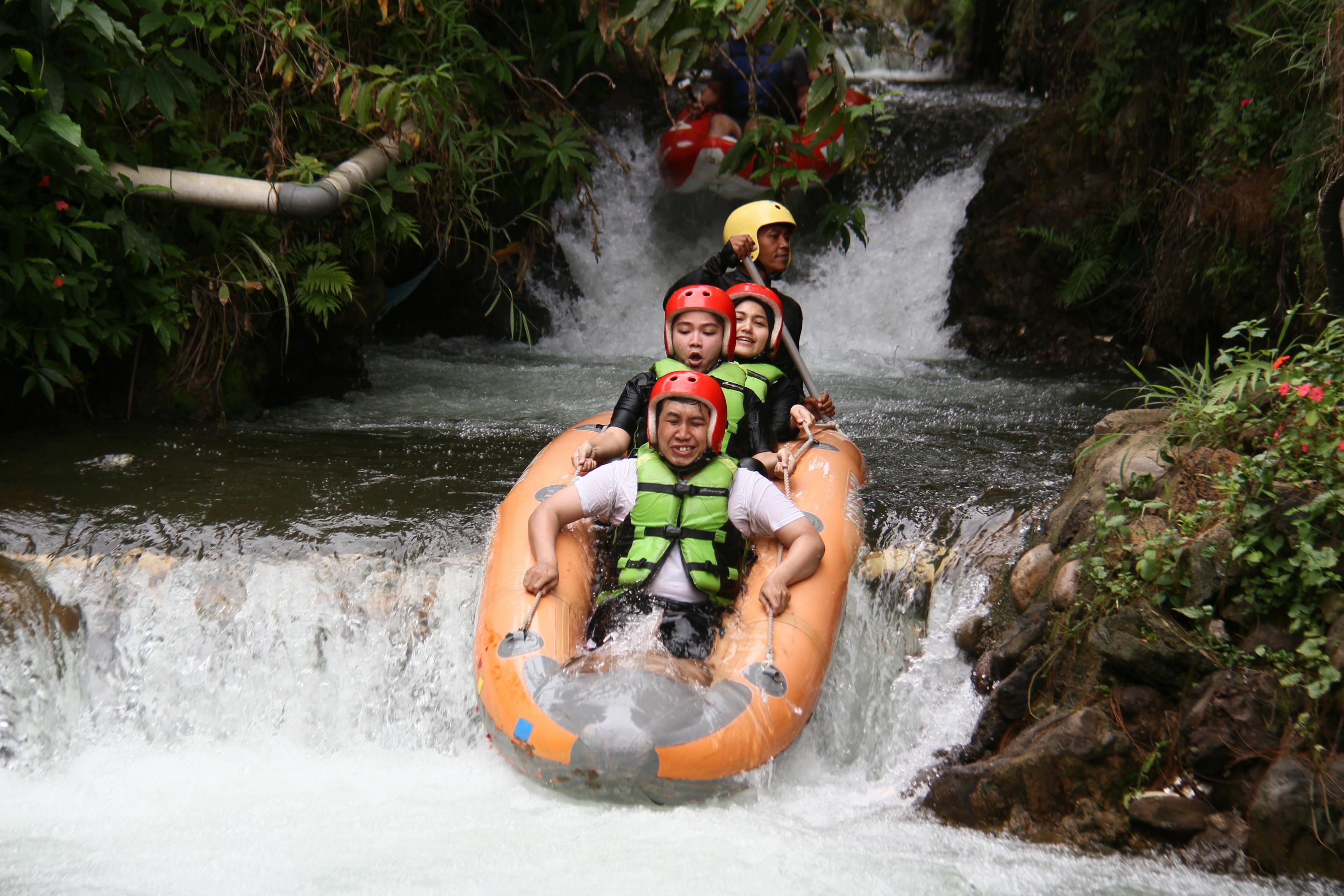
Safety Pieces you need before River Rafting
Whitewater rafting is a sport that invigorates and challenges. However, it is essential to make sure everyone feels secure when on the water. While you probably will never have to use your whitewater safety equipment, you will have to store your boat with all the necessary elements before you get off the water.
1. Apparel
The proper clothes may make your safety rating or ruin it when traversing the jungle of white water. You have to spend your time watching your environment and not on your equipment. Try to choose waterproof and waterproof gear wherever you can. A wet suit is the most excellent method to keep dry in the boat and fall overboard out of the ship. You can get dry using river footwear, neoprene materials and river jackets when the water becomes too high. Try to clear heavy clothes, absorbent fabrics, such as cotton, metallic objects or jeans.
2. Copper wear.
One of the most essential pieces of security equipment you may purchase might be a helmet. When you will probably never strike a hard surface while rafting on the white river, you may get a concussion or worse if you wind up overboard. Although the boat’s unlikely to overturn, you will have to spend time remediating your vessel and not worried about the safety of your cranium. Choose a helmet made specifically for white water rafting and not a motorbike or bike helmet.
3. Device for Personal Flotation
“There’s a personal flotation device you have to go with every white water excursion, whether you’re going with a private or a professional business,” New & Gauley River Adventures stated. A flotation jacket is the most popular kind of flotation gear. But don’t attempt using the same flotation jacket you would use in a canoe. You will just need a specific jacket for the roaring white water quicks. Your life jacket should fit snugly but not block off traffic. If you are worried about raft mobility, consider finding a low-floating safety jacket. Low-floating jackets may guarantee you have a whole range of movement while you are safe.
4. Whistle Safety
You still need to consider carrying a safety whistle even if you intend to paddle with a big group. You need a method to contact the others for assistance if you are separated from the group. The easiest way to let your group or a rescue team locate your position in an emergency is a loud whistle. If you are stuck and need help someplace, you may not have the stamina to shout for aid. A loud noise with a safety whistle just needs a little quantity of air. Try to locate a whistle you can readily reach; you won’t be able to ask for assistance if you can’t find a whistle. For convenient access, most whistles may be fastened to a jacket neck or strung around your neck.
5. Security Rope
Sometimes you must be concerned about other people’s safety as well as your own; a security cord may save a person’s life. Safety cords are also known as safety sacks for whitewater. If a rafter falls overboard, you may just toss the jacket to them. If the bag touches the water, the fluid should be filled. The water carries the bag down and helps you to reach the individual in need of assistance. Most of the ropes loop around your waist so that you always have a convenient string. You may also utilize your weight to ensure that the person in need does not float down the river.
Conclusion
Not only does safety equipment include the items you carry on your boat. Sometimes the most appropriate safety equipment is the armory of safety information that you integrate into the water safety training. Before traveling, ensure that you understand how your safety equipment works. Do not go to the river alone if you are a beginner paddler. Ensure that you bring an instructor, guide or experienced paddler to ensure that your trip does not turn sour.